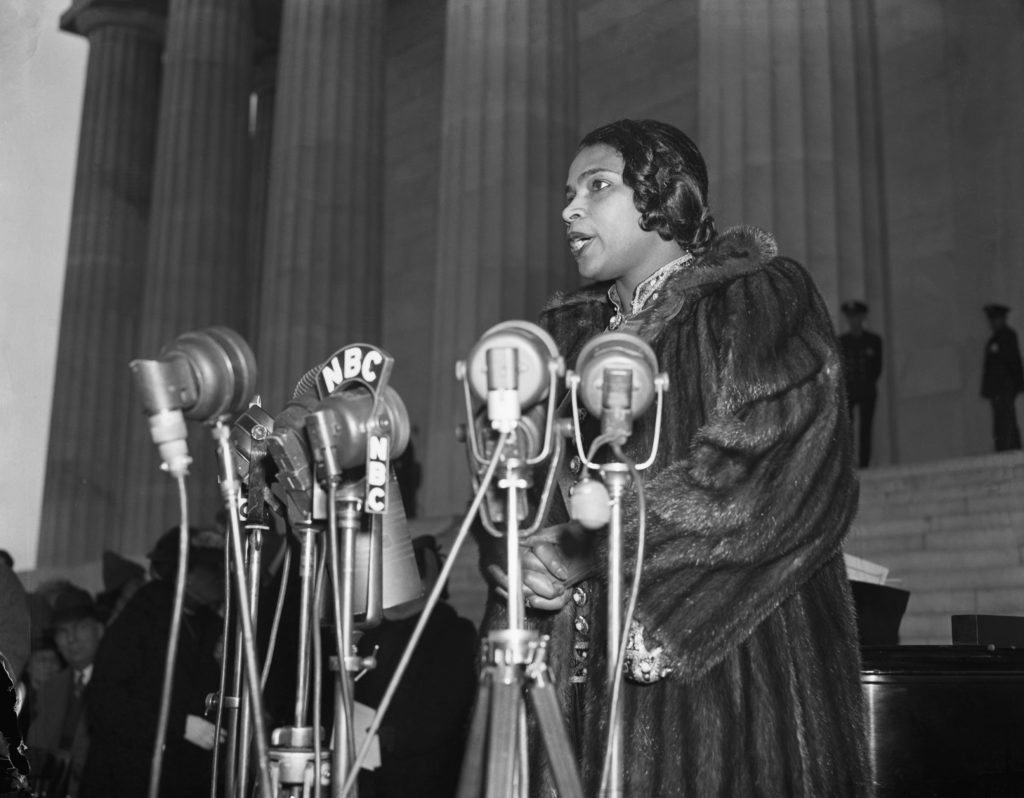
No president can end an epidemic single handedly, but they can inspire a popular movement that eradicates a disease. Such was the case with Franklin Roosevelt and polio.
Seventy-five years ago, on April 12, 1945, President Franklin Delano Roosevelt suffered a cerebral hemorrhage and died at the “Little White House” in Warm Springs, Georgia. His administration’s achievements, such as Social Security and unemployment relief, are woven into the fabric of American government. Pundits still measure new presidents against FDR’s First Hundred Days, and present-day politicians slap the “New Deal” label on ambitious agendas. Donald Trump, like FDR a wealthy New Yorker presiding over turbulent economic times, has recently cast himself as a “wartime president” in his predecessor’s mold.
Although FDR’s continuing relevance is undeniable, one of his greatest achievements has faded into relative obscurity even though Americans are reminded of it whenever they sift through their pocket change. The faces gracing common American coins are a parade of Great White Men – Lincoln, Washington, Jefferson – with no obvious rationale for appearing on one denomination or another. It would be as apropos for Lincoln to grace the quarter as the penny.
But examine the smallest and thinnest coin, the dime. More specifically, the Roosevelt dime, first minted in 1946. FDR’s stolid look, with a hint of Cheshire-cat grin, conceals a hidden logic. While president, FDR was a driving force behind the March of Dimes, the charity that financed Dr. Jonas Salk’s creation of a polio vaccine. Because of this medical wonder, along with its successors, the United States has not spawned a polio case for more than forty years. This remarkable chain of events makes FDR responsible for saving thousands of lives and saving even more people from paralysis.
FDR contracted polio in 1921, the year following…
Read more at:
https://historynewsnetwork.org/article/174983




